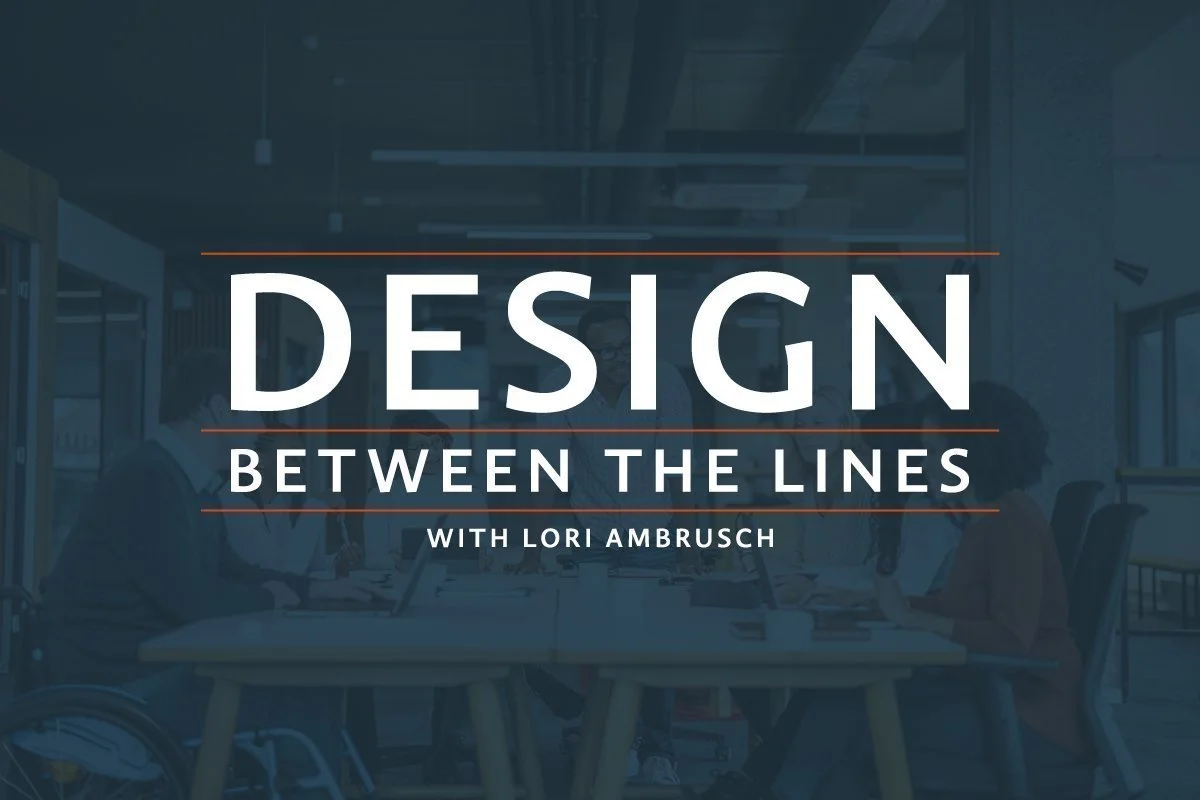Energy Modeling Q&A with Tony Fuchs, PE, LEED AP BD & C
A couple months ago I shared my thoughts on sustainability in lab design, and this month I would like to delve a bit deeper into the subject from a code perspective. Until recently, “energy modeling” has been a service that often shows up on design proposals as an optional additional service for sustainability-minded clients and end users. However, with recent International Energy Conservation Code (IECC) updates, energy modeling is going to become an efficient and cost-effective way of meeting more stringent requirements. I was fortunate to have the opportunity to chat with Tony Fuchs, who is a Senior Mechanical Engineer on the forefront of deciphering new IECC requirements and their subsequent implications on energy modeling. Please enjoy the below interview to learn what we need to be navigating in this space as designers and engineers.
Lori: Thanks for chatting with me today, Tony. To start with the basics, what is energy modeling?
Tony: I guess the most distilled explanation would be that energy modeling is using software to predict how building systems (enclosures, HVAC, lighting, etc.) will act in order to estimate energy usage. These models can be used iteratively to give you the most efficient design with the least cost.
Lori: Can you talk about how it may be becoming more prevalent with the new IECC code requirements?
Tony: The 2021 IECC created two paths to compliance. The first is the prescriptive path, where you need to meet minimum name plate efficiencies and ratings on all architectural and MEP elements in a building. The second path is total building performance where you need to comply with some general provisions and have an annual energy cost less than or equal to 85% of the energy cost of the standard reference design in The American Society of Heating, Refrigerating, and Air Conditioning Engineers (ASHRAE) standards. To show compliance with the performance path you would need to do an energy model. The 2024 IECC which was just released increases the efficiencies needed for compliance, pushing you to pursue the total building performance path.
Lori: How does the newest iteration of IECC impact the Science and Tech industry from a design perspective (or otherwise)? Anything in particular we need to be focusing on?
Tony: We have incredibly energy-intensive spaces and a lot of process load that is non-negotiable which makes compliance a challenge. With the total building performance approach, we can do trade-offs in terms of building efficiency. As long as we are within 85% of the energy cost of the standard reference guide, we can make some choices with regards to envelope, mechanical, lighting, etc. that make sense for the end user, but wouldn’t meet the particular prescriptive requirement. That’s the power of an energy model, showing the AHJ that we meet code intent, even if a fan or wall assembly R-value may not meet the prescriptive compliance requirements.
I would also say that people really haven’t focused on IECC Chapter 406: Additional Energy Requirements yet. In the 2021 Code, in addition to meeting the basic provisions of the Prescriptive or Performance path, you need to earn “points” targeting specific energy efficiency measures (more efficient HVAC, enhanced lighting controls, on site renewables, etc.) The 2024 version expands these credits substantially, both in terms of credits needed to comply and credits you can earn. Again, an energy model can assist in making cost decisions that will allow you to hit your credit threshold in the most efficient manner.
Lori: At what point in the design process should energy modeling be performed to allow for potential design changes that may result from it, referring back to the iterative design process you mentioned?
Tony: Ideally? As early as possible. I’ve done some early black box modeling in the proposal stage to show clients possible energy compliance paths. To get the full benefit of energy modeling and cost analysis, iterations should be done as part of SD and continue through DD. The model should be updated constantly to ensure the building remains code compliant. The iteration of your model you produce at the end of CDs should just be a back check of your original assumptions.
Lori: Anything else you would like to share about energy modeling, and/or how we can be using it as a tool to improve S&T spaces?
Tony: With regards to energy modeling in the S&T market sector, there are a lot of solutions that can be evaluated to meet code or client energy and sustainability requirements. Energy modeling is a way for us to predict how efficient each proposed solution could be. We work in a data-driven market sector, so our clients want to see us analyze the spaces we design using similar data-driven methodologies.
I think energy modeling can be an incredibly powerful tool, but any tool is only as good as the data you input. A proper understanding of your end users program requirements can make a dramatic difference in achieving your energy goals to meet code. Energy modeling is also time and resource intensive to do properly, so we need to set expectations early and communicate with our end users and clients effectively to take advantage of this opportunity. This emphasis on early modeling and front end AMEP design iteration is a key component in every high-performance building design. With building code updates and professional 2030 commitments, high performance building design is becoming the standard, it is no longer the exception.
Involved in the design industry since 2013, Lori has worked as an architectural designer for several years and currently works as the regional director for Ware Malcomb Washington, DC.
All opinions expressed in Design Between the Lines with Lori Ambrusch are exclusive to the author and are not reflective of Lab Design News.


